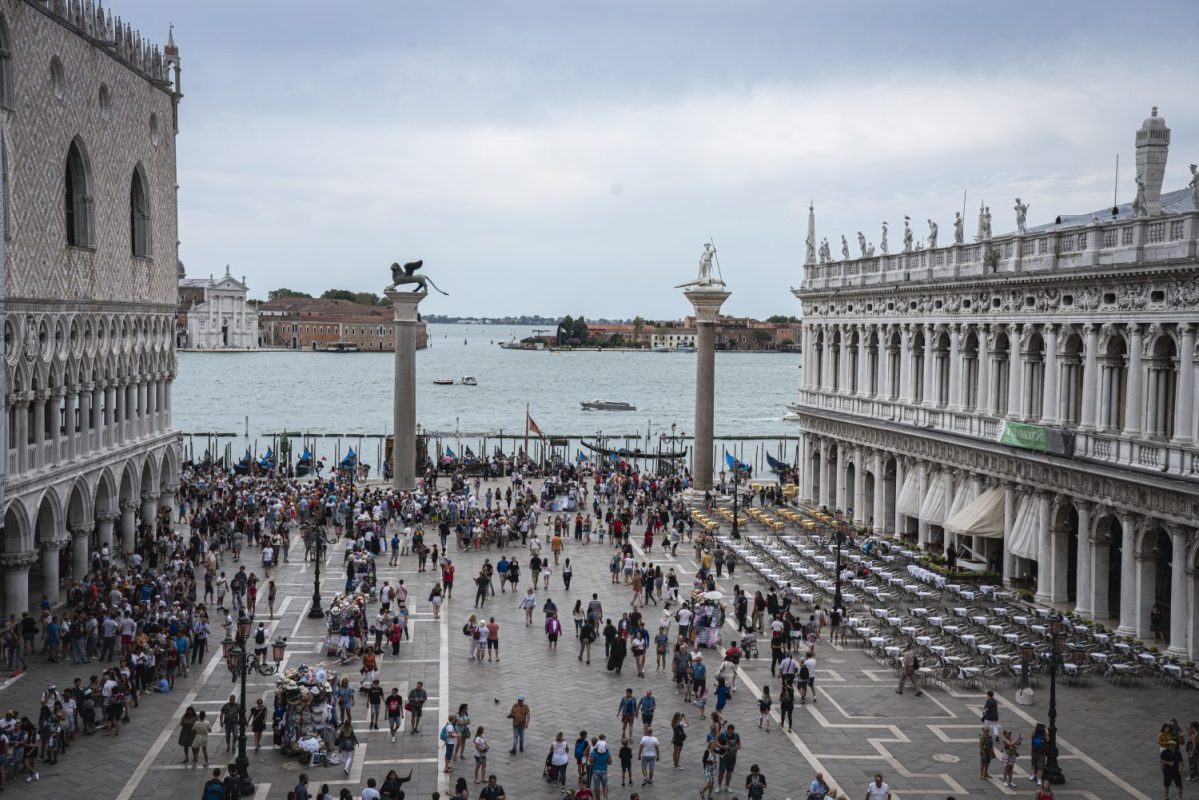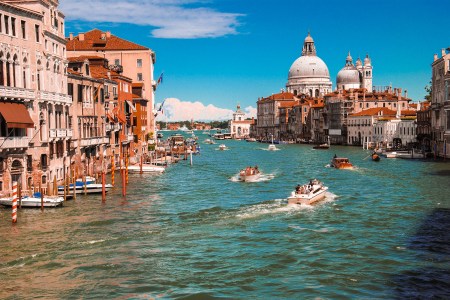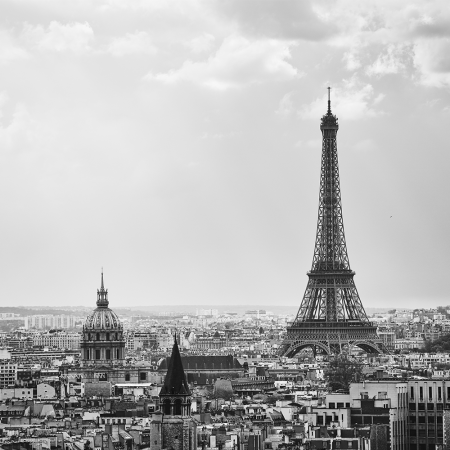Venice, a city boasting a population of right around 50,000, sees close to a whopping 30 million tourists a year. Canals and a handful of noteworthy places (St. Mark’s Square and the Rialto bridge, in particular) are consistently — and dangerously — saturated with eager sightseers, and The Sinking City has long struggled with a means of managing the crowds. Famously, and especially, damaging to the city are the day-trippers, colloquially known as “hit-and-run tourists.”
The city has been attempting to mitigate the impact of said hit-and-run tourists for years, with entry fees and a state-of-the-art control tower. Now they’re set to take things a step further. According to a new report from The Washington Post, starting in April, Venice will pilot a program that will require day-trippers to book and pay admission online in order to visit the main island. If the pilot proves successful, a 5 euro entry fee will be applied to certain days, especially prevalent during the high season (overnight visitors who pay a tourist tax at hotels will be exempt).
“I apologize, but the ticket is necessary. The objective is not to close the city, but not let it explode,” Venice mayor Luigi Brugnaro said in a press conference earlier this month. “The objective is to decongest the city, not to have more money. We need it to tell us what rules must be respected in Venice, a fragile city different from all the others.”
The Problem With the Undying Conversation About the “Death of Venice”
Though fears over overtourism and climate change are real, it’s the loss of the city’s cultural identity that weighs heaviest in the minds of VenetiansFurther, starting in August, guided tour groups to Venice — as well as the islands of Murano, Burano and Torcell — will be limited to 25 people maximum. (For context, that number is roughly half the capacity of a typical tour bus.) This off the back of the 2021 cruise ship ban, which saw cruises prohibited from sailing past St. Mark’s Square through the Giudecca Canal and docking at the historic city center, in addition to the ban on new souvenir shops on the city’s main drags.
Albeit one of the more extreme cases, it’s certainly not the only instance of a city fighting back against over-tourism. Amsterdam, for its part, has taken similar action, cracking down on coach buses, tourist shops, new hotels and Airbnb-style rentals. Many frequently-touristed sites, like Machu Picchu in Peru and the Acropolis in Athens, have a cap on daily visitors. Most recently, Hagia Sophia in Istanbul introduced a not insignificant entry fee (25 euro) for foreign tourists for the first time, as the “uncontrolled flow of visitors” was beginning to damage the historic building.
The messaging is clear: tourism comes at a cost, and many destinations are no longer interested in paying. As The Post report notes, “[Tourists] drop $3 billion annually but leave behind 70,000 tons of trash and urine-sprayed streets and take the occasional nighttime joyride in a commandeered gondola.” It’s a dance city officials no longer want to participate in, at least to the extent they have historically.
And frankly, anyone who’s interested in an even remotely authentic tourism experience will be glad to hear it.
This article was featured in the InsideHook newsletter. Sign up now.

























